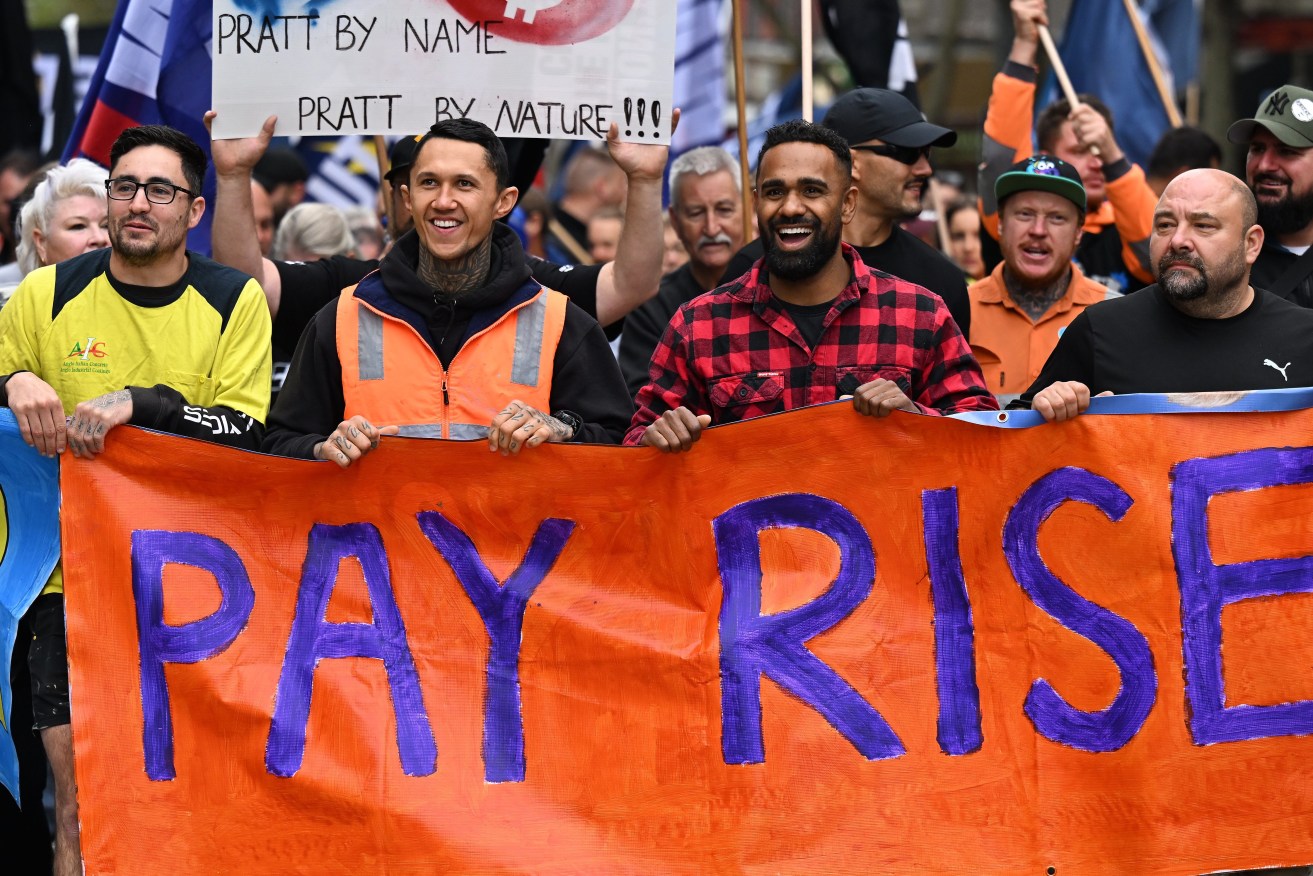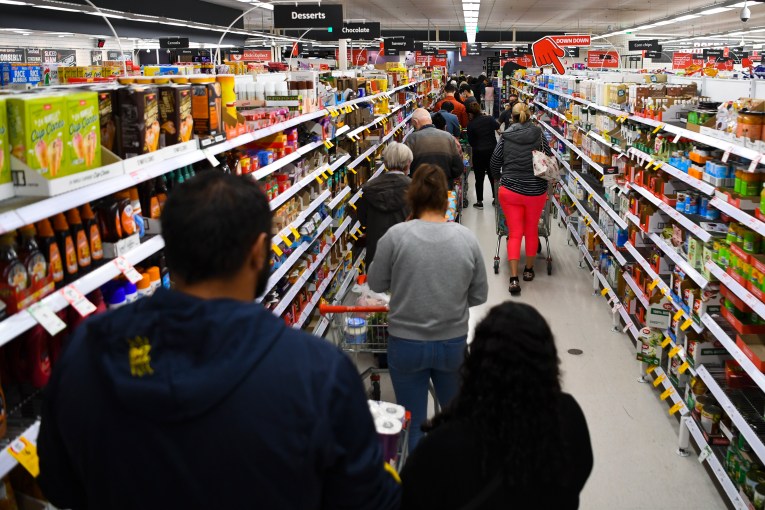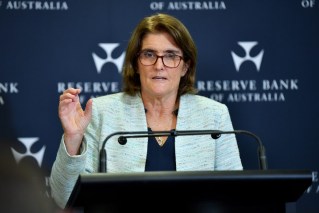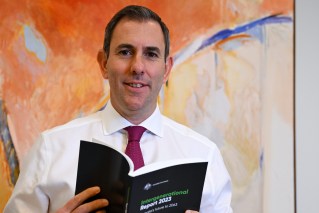Pay day: Workers to get wage increase but it won’t beat inflation
Award wages will increase 5.75 per cent for about two million workers but the jump is still behind the inflation rate of 7 per cent.


The decision means that the minimum wage would increase by about $46 a week bringing the total to about $860 a week. (AAP Image/James Ross)
The increase, which will take effect from July 1, was not expected to have an inflationary impact or add to any wages spiral, but the Fair Work Commission said it would go someway to addressing the gender pay gap.
The decision means that the minimum wage would increase by about $46 a week bringing the total to about $860 a week. About 20 per cent of the Australian workforce would be affected by the decision. Most of those workers are low paid and the commission said there was a large number of women and part-time workers in this category.
The increase is slightly higher than last year’s 5.2 per cent increase, but is below that of the unions and the Federal Government’s submission for a 7 per cent increase, which would have matched inflation.
For a small group of workers on the minimum wage, the increase would be 8.6 per cent.
Business said it would add about $12 billion to the national wages bill.
“In our consideration, we have placed significant weight on the impact of the current rate of inflation on the ability of the modern award-reliant employees, especially the low paid, to meet their basic financial needs,” the commission said.
“Inflation is reducing the real value of employees incomes and causing households financial stress.
“We acknowledge that this increase will not maintain the real value of the modern award minimum wages nor reverse the real reduction in real value that has occurred over recent years.
“However, the level of wage increase we have determined is, we consider, the most than can reasonably be justified in the current economic circumstances.”
Economist Warren Hogan said the big issue from the decision was the signal it sent to the rest of the labour force and employers.
“Will it be hard for other organisations and business not to match these increases?” he said.
“Due to a recalibration of the minimum wage in the FWC ruling, the minimum wage will actually increase by 8.6 per cent in 2023-24.
“With all other awards up almost 6 per cent, today’s decision will increase inflation and interest rates risks. It looks like a 4.35 per cent cash rate is all but assured while we now have a tangible risk that the cash rate will rise in line with the US and NZ above 5 per cent.”
The Centre for Future Work, which is part of the Australia Institute, said the increase would only lift the minimum wage to 2018 levels in real terms (excluding inflation).
ACTU secretary Sally McManus had pushed for a 7 per cent increase but said the one granted by the FWC was the largest increase awarded and would not have happened without union members paying for all the work that goes into this case.
Australian Retailers Association chief executive Paul Zahra said the scale of the increase would be difficult for many Australian retailers to absorb, particularly given there are no productivity improvements gained.
“We’re experiencing a cost-of-living crisis – so it’s important that wages continue to grow; but we’re also continuing to experience a cost-of-doing-business crisis so it’s a very delicate balancing act to keep business operating sustainably,” he said.
“Many retailers are under enormous financial pressure, with rising operating costs across the board. Supply chain costs have increased, utilities have increased, rent has increased, materials have increased and now labour will increase substantially.
“This is before factoring in that discretionary spending is softening – leaving many retailers concerned about operating costs.
“We fear the scale of this increase will tip some businesses over the edge – especially smaller retailers who are on very slim profit margins or in some cases in negative cashflow territory.”











